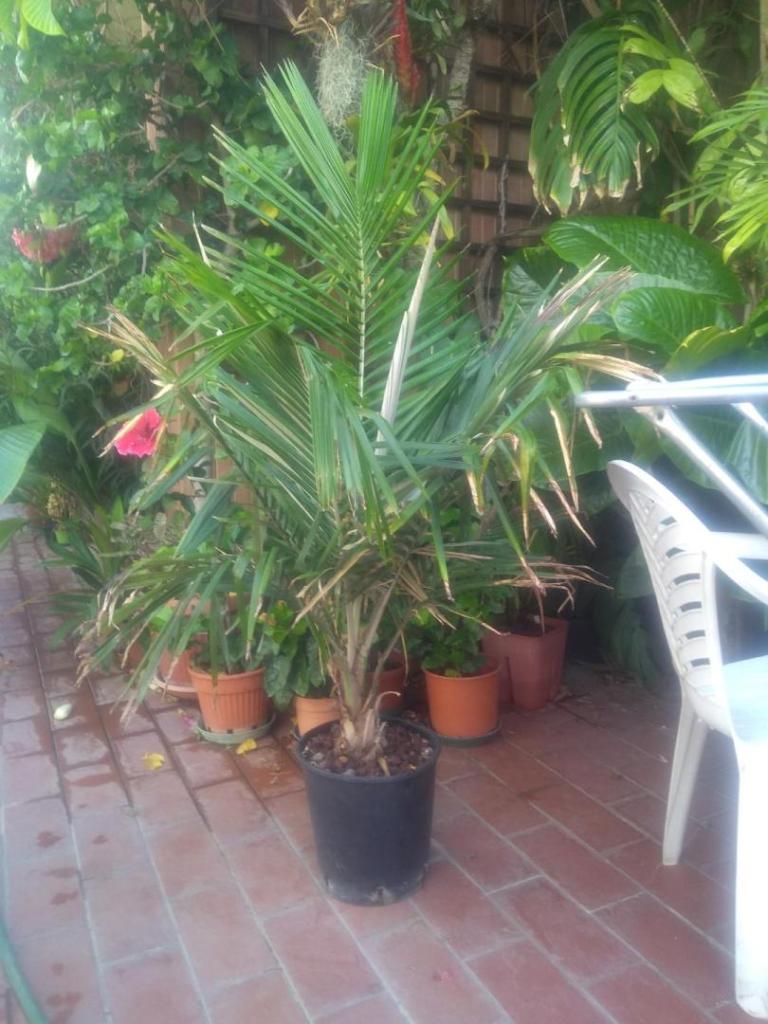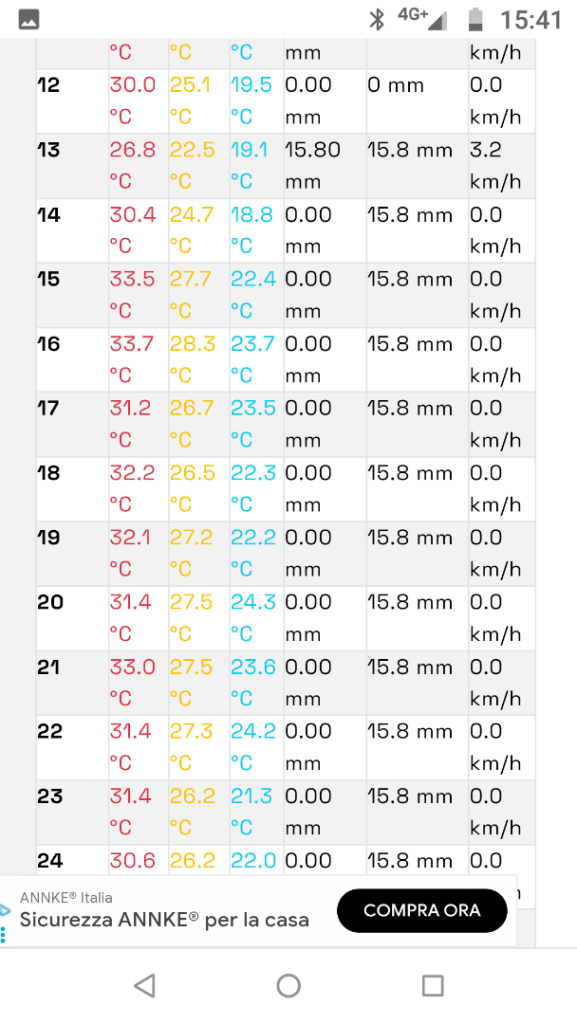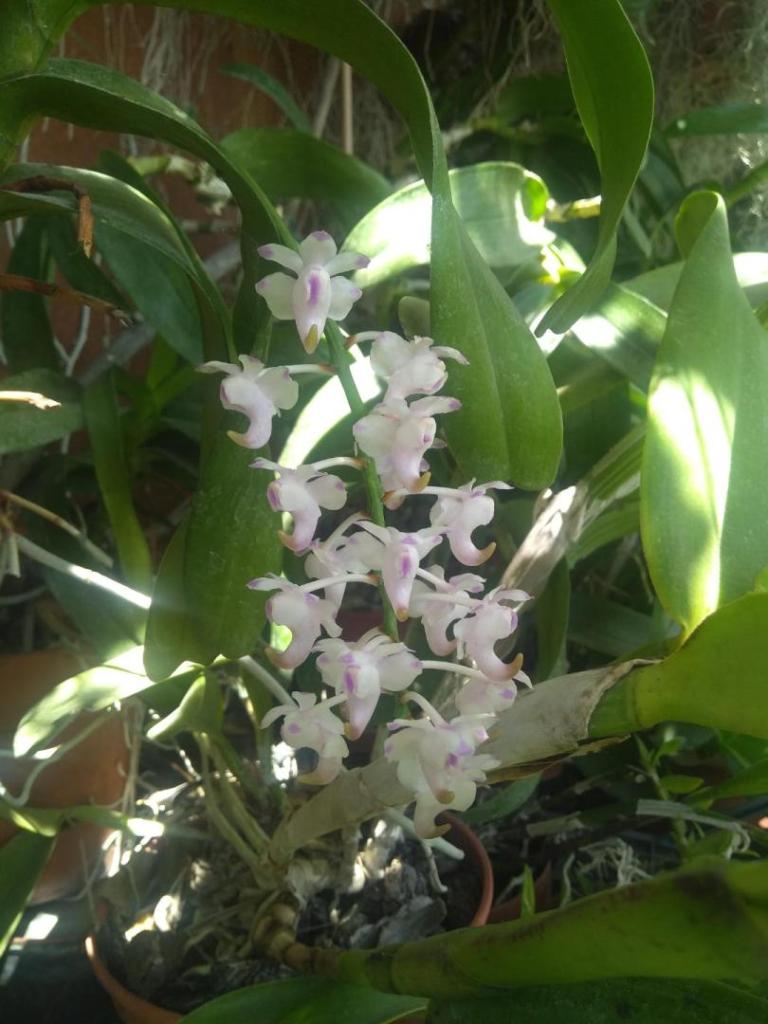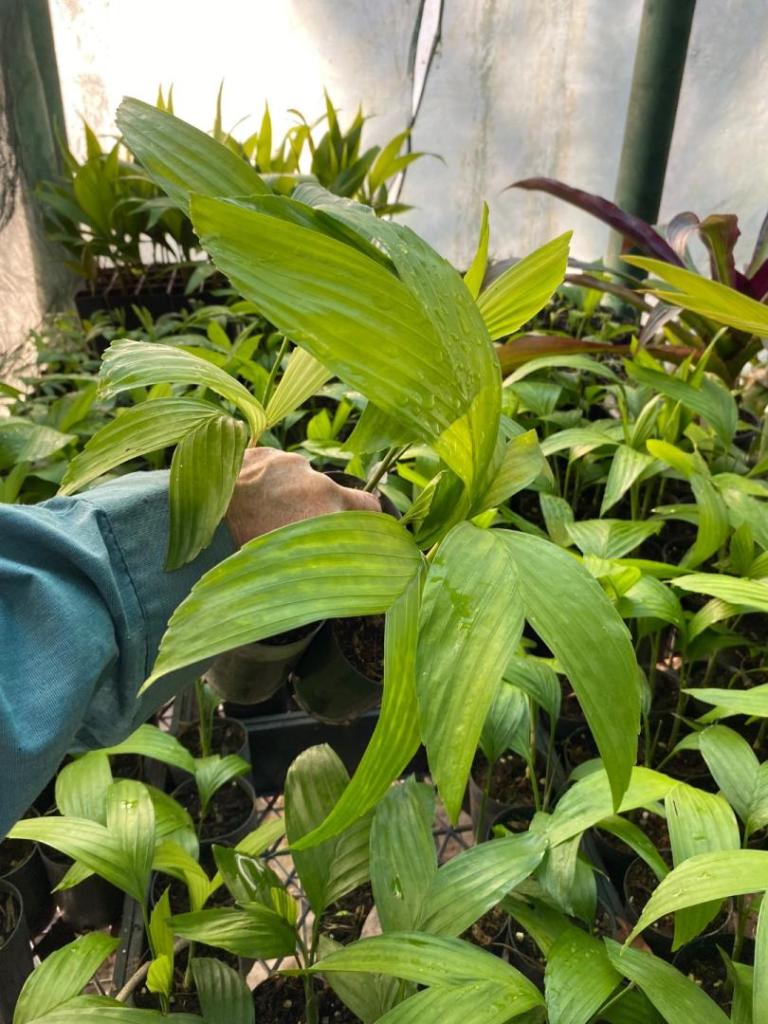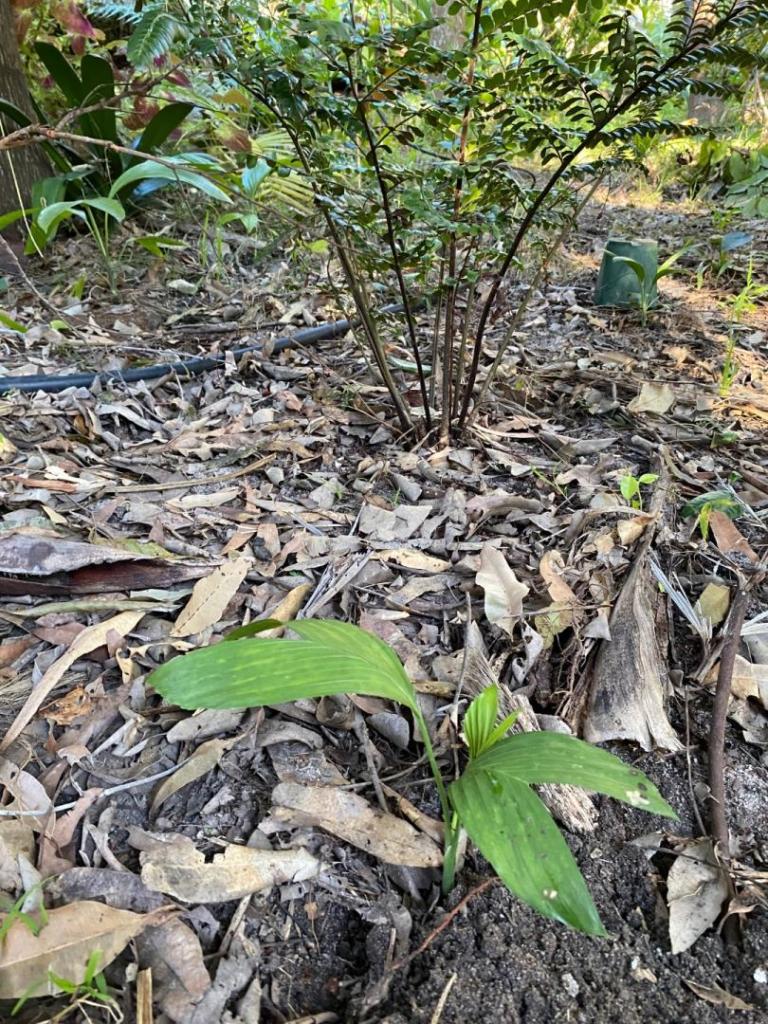Leaderboard
Popular Content
Showing content with the highest reputation on 07/28/2025 in Posts
-
1) Find a big boy Jubaea chilensis, I happened to have one handy 10km from me. 2) Become friends with the owner or in this case administrator of the private school offer them a pogobob Chatham island 🏝 rhopalostylis Sapida 3) buy a big ole school vice from gumtree (the Australian equivalent of Craig's list) 4 ) place Jubaea seed in the vice and gently wind up until you hear a distinctive "crack" 5 ) soak the Jubaea seeds in water with 20ml of hydrogen peroxide and 2 teaspoons of sugar for 48 hrs 6) half bury in a zipped bag 50% perlite and peat moss 7) place in your guest bathroom that is heated to 26C 24/7 Check seeds in 4 weeks and they have germinated.9 points
-
8 points
-
Jonathan and his better half Monica, recently spent a few days with us in Hilo and we had a blast. Friendly, funny, up for anything, well behaved, and fond of plants. Can’t ask for more than that. Incidentally, we were returning the favor for their hospitality on our visit to Tasmania in February. Other than showing them our favorite haunts like a smoking volcano, the Hamakua coast, and Hilo town, we did get a chance to wander the garden for intermittent PRA’s. (Palm related activities) Jonathan was patient enough to give scale to the photos while I snapped away. You’ll have to look close, some of these things are known as B_ _ A_ _ palms. Tim Kerriodoxa elegans Euterpe precatoria7 points
-
7 points
-
7 points
-
6 points
-
6 points
-
6 points
-
6 points
-
5 points
-
Earlier today, I was watching Superman (1978) for the zillionth time and got a welcome palmy surprise. - In the scene following the momentous interview between Superman and Lois Lane, Lex Luthor (Gene Hackman) is dwelling within his underground lair contemplating the information from the Daily Planet news article. As he climbs the ladder to scour info through his library, Otis (Ned Beatty) mistakenly moves the ladder over... - As the scene changes to Lex's point of view, I noticed sitting upon the third shelf behind Otis's shoulders... a Double Coconut, Lodoicea maldivica seed... - The scene then zooms in to catch Otis's reaction to getting reprimanded by Lex and then he quickly moves the ladder back. In this second and a half stretch of frames... we get a closer look at the rare and famous seed. It is a natural dark brown color, mounted on a stand and appears to have been polished... - A further second later, as the movie zooms out showing Lex returning to the ladder and slowly moving to the left, we could see the seed again in the lower left of the scene. After a few seconds it is obscured again by the ladder... I was awestruck. "What..?!" I yelled, sitting up and pointing at the TV, scaring everyone in the room, including the dog. After watching the scene, I paused it to explain to the non-palm people everything about a Double Coconut... with help from a nearby palm book. We rewatched the scene a few times to fulfill my amazement then continued on with the movie. I am still surprised I didn't notice the seed until now. I have seen the movie countless times, from very young kid and onwards through every stage of palm worldlyness. I kept thinking afterwards why would it be in the scene or movie for that matter. Hmm. Perhaps the prop department was looking for rare and unique items Lex Luthor would have around. I would guess it is the real deal, as I do not see them going through the trouble and process of making a replica seed for decorating the background for a couple seconds. They might have borrowed it from a museum or someone's collection. Kudos to the prop department and production designers who put it in. Maybe Lex collected palms... or just stole the rarest. Ryan4 points
-
That’s what Raphia and Ravenea rivularis do. Mangroves do it as well. This species must love water and growing in wet conditions. They pipe air into the root system from the surface. Way cool.4 points
-
4 points
-
4 points
-
Absolutely true...sensory overload is the term that springs to mind! Tim's garden is a work of art. Aside from the obviously awesome palm collection - subtle placement and a keen eye for colour and texture makes it second to no other private garden I've ever visited. Mostly I had no idea what I was looking at but Tim patiently answered all my ignorant questions...poor fella! What a great few days, the Big Island is the bomb, beautiful and dangerous scenery, perfect climate, chilled out vibe and perfect hosts. Don't go there - you'd hate it!4 points
-
4 points
-
4 points
-
In a bed like that close to the house, I would keep everything small. Sabal etonia, Sabal 'Birmingham', Sabal minor 'Cherokee'', Agave pups, and Chamaerops humilis 'Volcano' are the best candidates for a tight space. The Sabal minor 'Cherokee' are the hardiest of the bunch, so it would be understandable to put them out away from the house and use the space for stuff a touch above typical zone assignment.4 points
-
4 points
-
I happen to have a Wallichia across from some Wettinias close to my house. I am guessing many PT readers have at least one palm whose genus begins with the letter W. I will begin posting mine, but I am counting on you to help fill in the rest. Wettinia hirsuta is first. Here’s my only Wallichia marianniae. I do have other Wallichia and Wettinia spp as yet to be recently photographed so stay tuned. Next is my only Welfia regia whose new red leaf is beautiful, but fades to green quickly. I do wish I had more of these. Too dark for more photos today, but I’ll add them as I can and look forward to seeing yours!3 points
-
I have a few fordiana scattered around the garden and the results are in their easy to grow and do well in my climate. Another licuala for the subtropics, good stuff, cool tolerant and heat resistant in the subtropical climate iam sure they love any amount of water they are given. Not that slow either like a few other licuala varieties, five green thumbs from happypalms.3 points
-
An absolute die hard palm this one in a very dry part of the garden. Slow growing but this one out of all the ones I have has the best trunk of all of them. Wedged in between a sandstone pocket it’s loving it taking temperatures up to 42 degrees Celsius in peak summer super hardy palm the cocothrinax genus. But given water they really start to move with good drainage. I love them no thorns and easy to grow.3 points
-
I'd rather just stop fighting and digging up the wisteria roots 😂 it went under the house. I'm a little concerned by that.3 points
-
3 points
-
3 points
-
3 points
-
3 points
-
For me, it doesn't get much better than Howea forsteriana. A more natural fit for my immediate coastal conditions than belmoreana, though I'm growing both here. Quite at home in calcareous soils, takes wind, salt, persistently overcast weather, a bit of chill and accepts dryness when it must better than many. It's tidy too. All those qualities with a beautiful stem and leaves and an elegant way of leaning this way or that. Not colorful like a Dypsis, but perfectly green. Just needs some water and a bit of nutrients provided here and it's good to go. A common palm, and a worthy grow for palm enthusiasts and landscapers alike. I wouldn't quite call them common here in San Francisco, but there are many of them throughout the city, some begrudgingly enduring neglectful situations and occasionally a duo or trio getting the care they deserve.3 points
-
3 points
-
Hyphaena thebaica belongs to those notorious spp, which produce a long sinker prior to an aerial part during germination. Therefore a deep pot or a lift of the seed in the air is necessary for a safe germination. If future plant has to remain potted in a temperate climate, I consider second option the only way to go. The real question arises then, how high should the seed be lifted and what should be the minimum pot height. Everything depends on how far from seed's operculum or in other words, how far along the sinker starts the root initiation zone of the seedling. A pot 21 cm tall, is not enough without a lift of the seed. In present case pot is 21 cm tall and root had already hit the bottom, despite that seed had been lifted in to the air at about 17.5 cm. Before emergence of the aerial part, seed had been sown in double pot (one inside the other) and sinker had reached 30 cm and the bottom of the lower pot without any sign yet of aerial emergence. The bulbous area, which I believe to be the root initiation zone ( definitely not so bulbous as in Borassus) is almost at the surface of the 21 cm tall pot. The sinker started getting torn apart by the emerging leaf at about 7 cm distance from operculum. Has anyone made similar measures by the germination of H thebaica or any other sp in the genus for comparison?2 points
-
Ok so i finally decided to try a mapu, i wasnt going to bother with all that indoors outdoors stuff for years on end. So I germinated this one and it was tough it out or die in the greenhouse, others are failing around it yet it keeps on living even pushing a new spear. I will give it another 3 weeks and see how it goes, then if it lives the mapu myth could be busted for now, but iam surprised so far winter is not over yet!2 points
-
2 points
-
Eastern US expects to see a cool down + rain starting this weekend. Not expected to arrive south of I10. Sorry.2 points
-
2 points
-
Lawdy, Miss Clawdy, those things are all over out here. Birds and coyotes eat the seeds and poop them and up they pop.2 points
-
2 points
-
Darold, congratulations for your beautiful and rare palm! It is said, the best period to plant a tree is 20 years ago, now I know it is 47 years 😃 Here is my contribution to the heat tolerance discussion Here is my plant, 9 years from seed in pot, please have a look at the (especially minimum) temperatures for July in Rome, the plant looks better than ever. June was not better 🤔2 points
-
Hello Tomas, I don't understand anything about licuala, because I don't grow them, but I just wanted to say hello.👌2 points
-
For Howea sp 70 percent shade cloth is best, 40 percent is just to bright for most palms.2 points
-
2 points
-
Wow, they are indeed among the most beautiful palms.. their elegance is surreal. I bet these specimens are more than 50 years old. Also, I thought they don't like full sun, but I guess that's only true when they are young? I have mine under 40% shade cloth and yet many leaves have been scorched2 points
-
2 points
-
Better than waiting a million months. What percentage did you get!2 points
-
More palms to plant, with about a month of winter left, my climate will start to warm up in about another 2 to 3 weeks with the days getting warmer. You can still get a late frost but iam not worried about that. So a little New Caledonia palm the nucele along with a Joey and a few augusti get them in the ground the sooner the better. A lot of the palms are starting to push new spears now so a good indicator summer is on its way in southern hemisphere.2 points
-
2 points
-
2 points
-
2 points
-
2 points
-
I love this palm and wish it did better in hot, humid Florida. I recently purchased a 7 gallon quadruple and found a mostly shaded spot in my yard. I've acclimated it to the location and will plant it soon. Fingers crossed!!2 points
-
I have three 40 feet tall Washingtonia on my side yard now that started life in a concrete gutter in Campbell, CA back in the 1990s. They were small enough to fit into a plastic sandwich baggie with some water in it. I brought them home to Los Altos and put them directly in the ground and they “took off!” This was long before I started collecting more unusual palm species but I’m glad they are still here all these years later.2 points











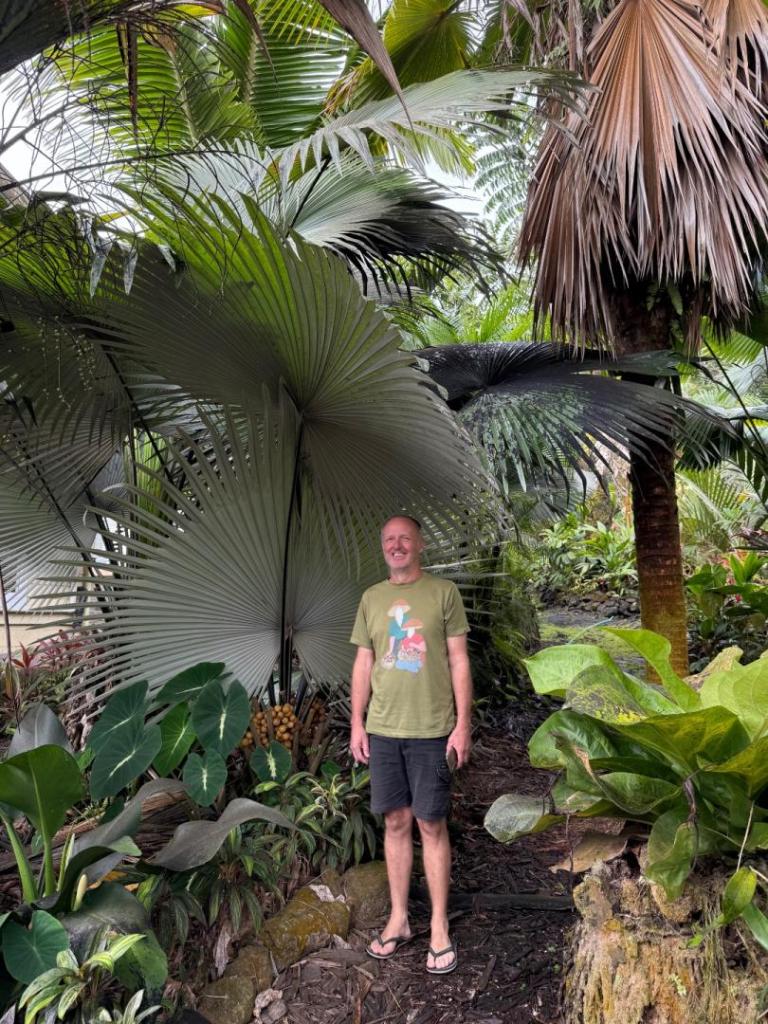
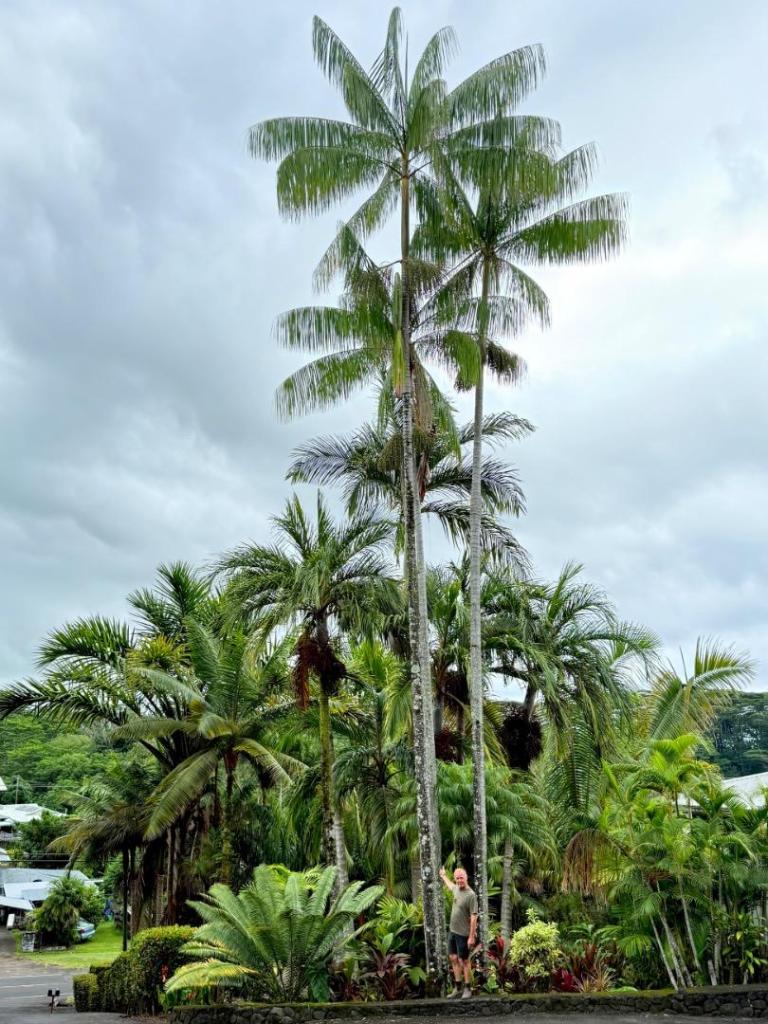









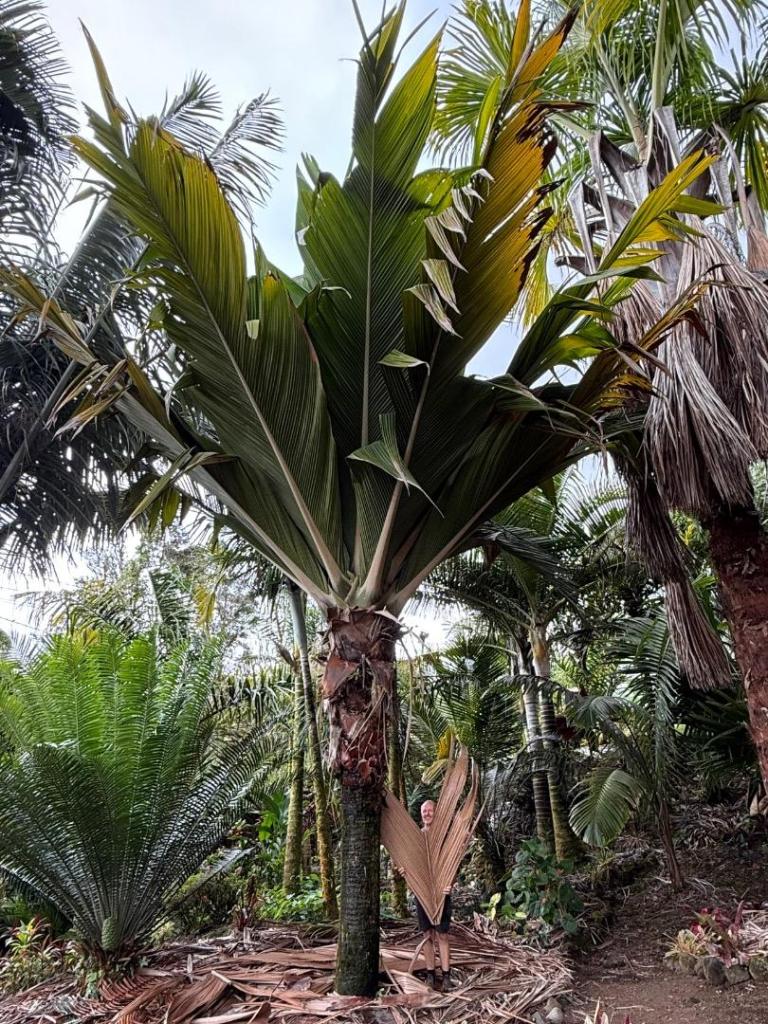



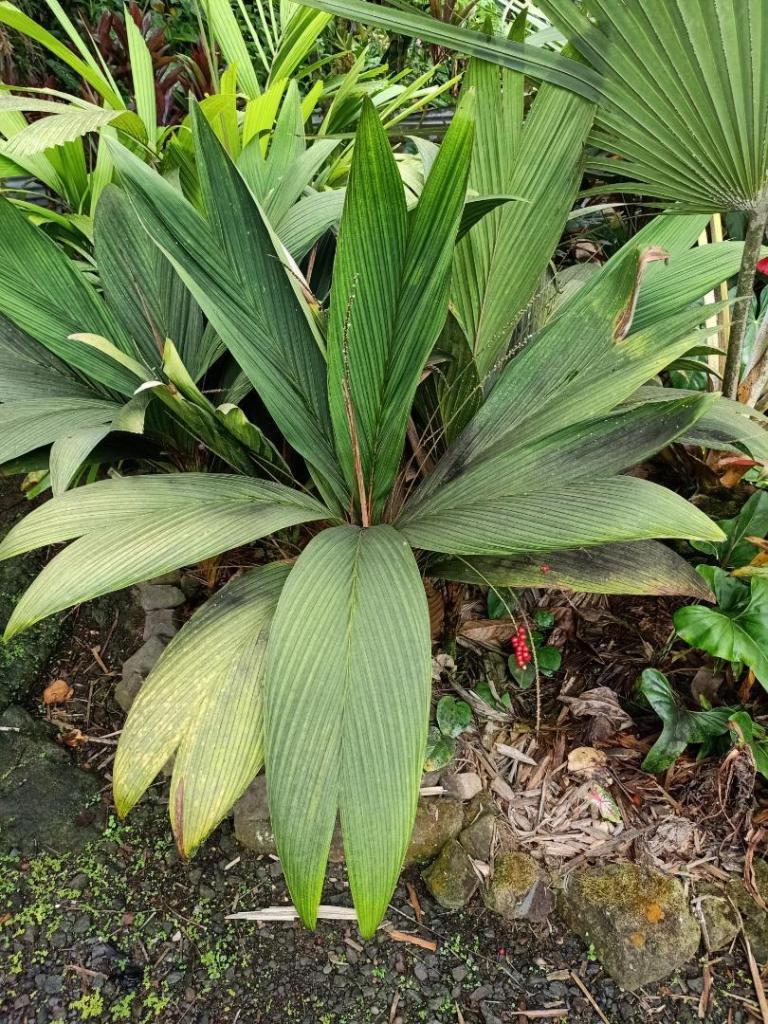

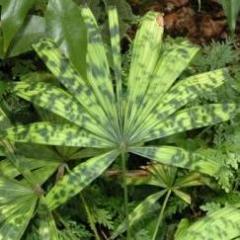





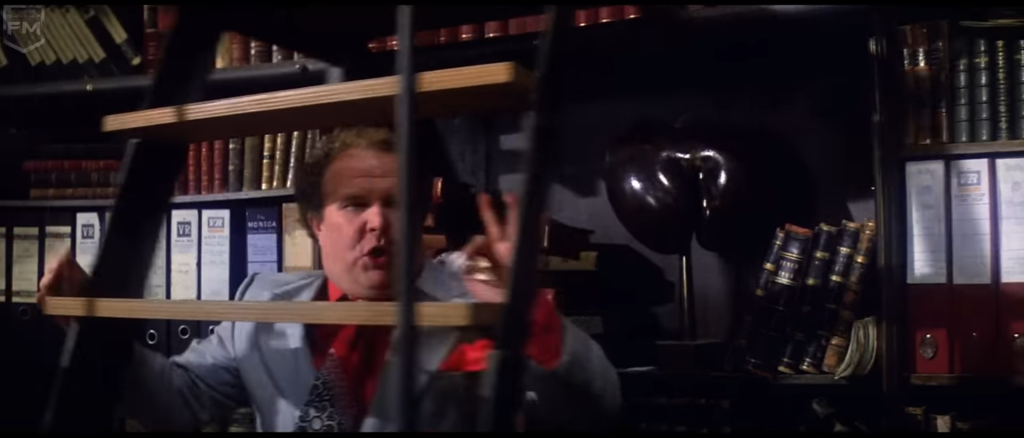








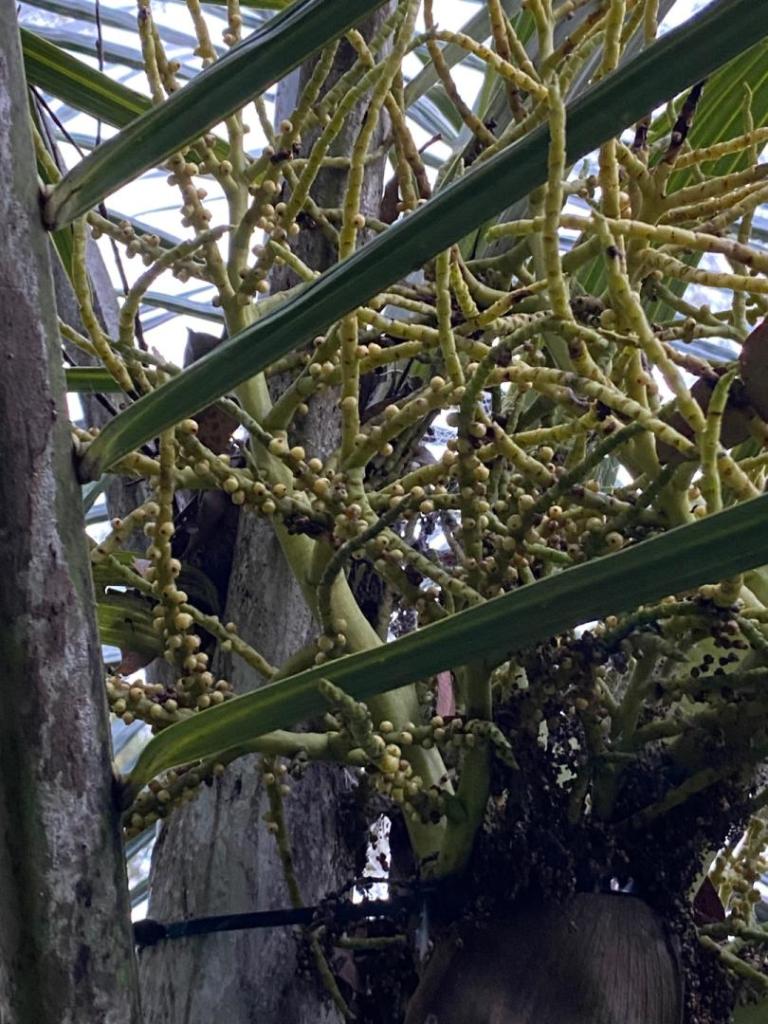





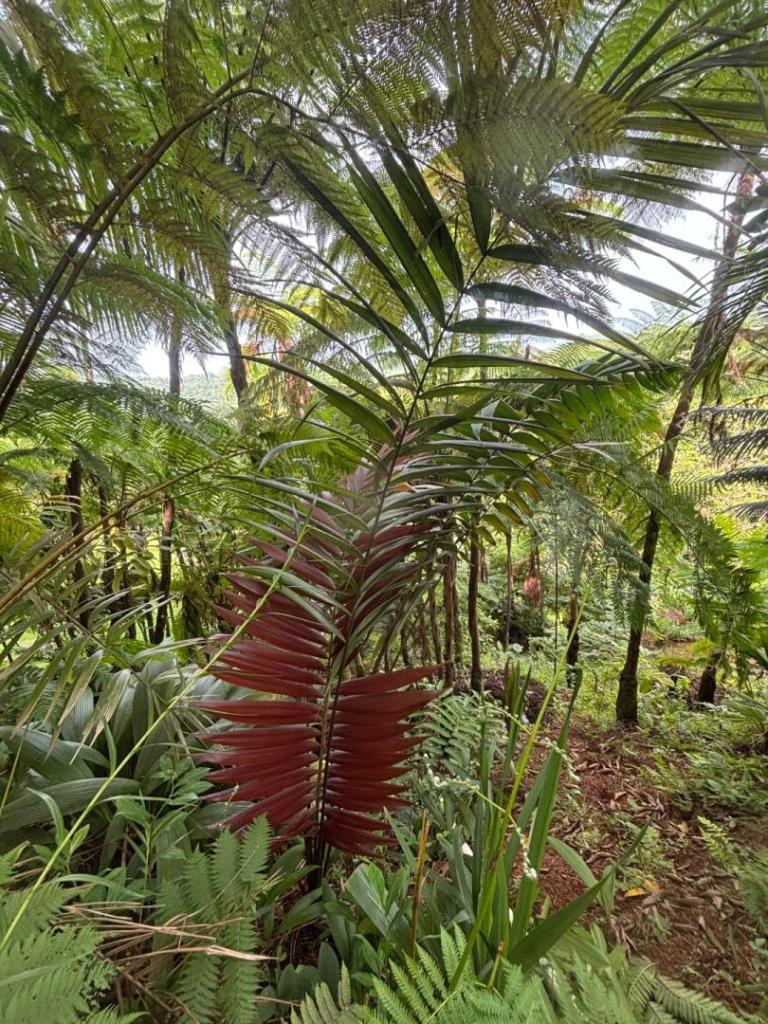

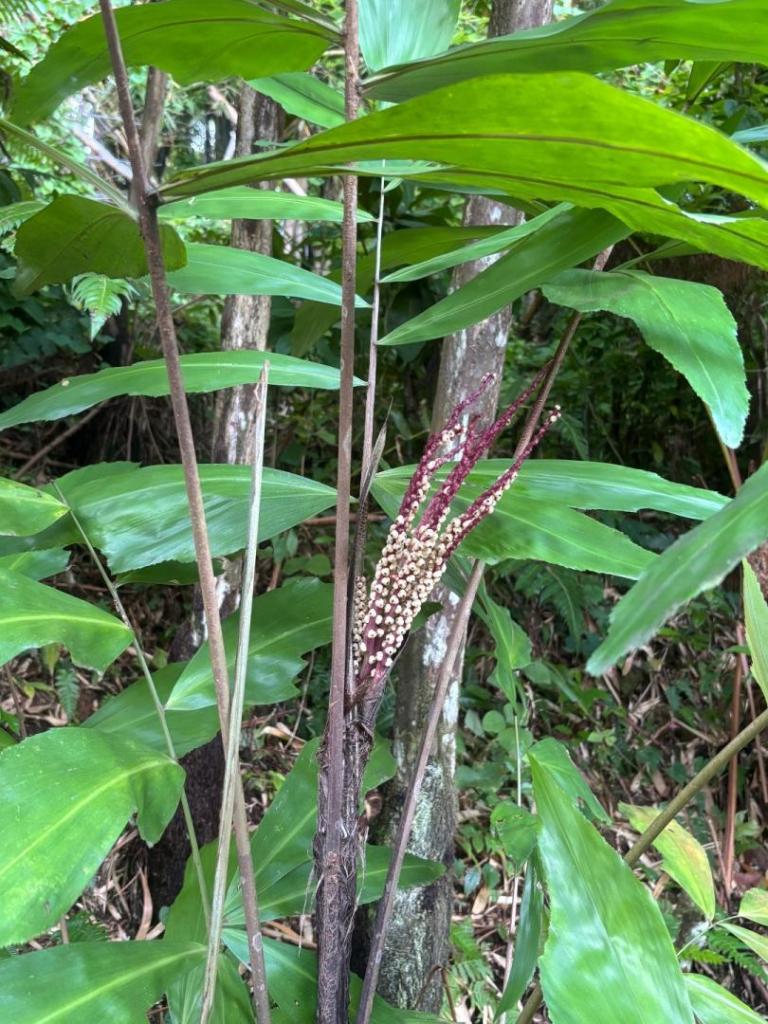





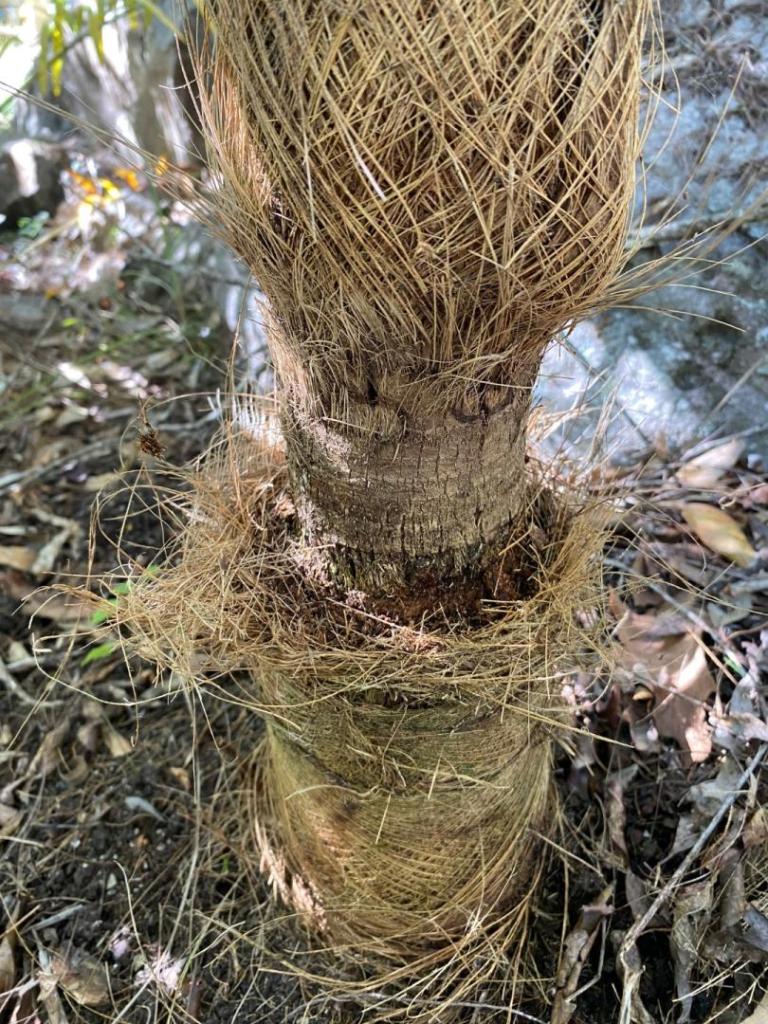









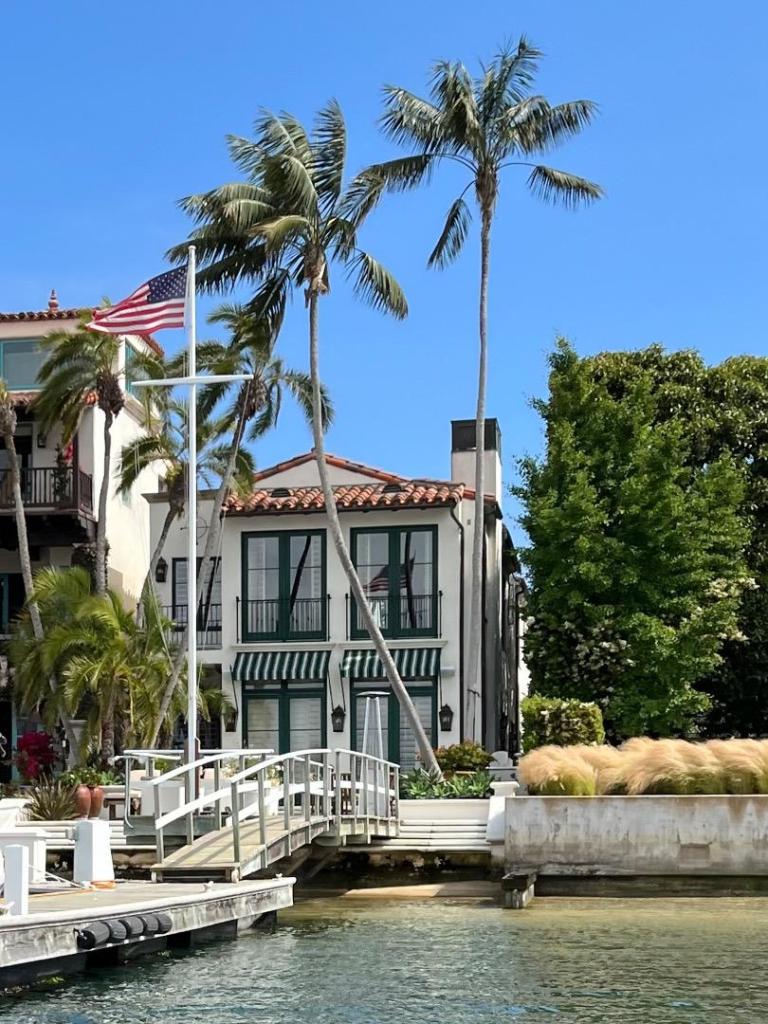











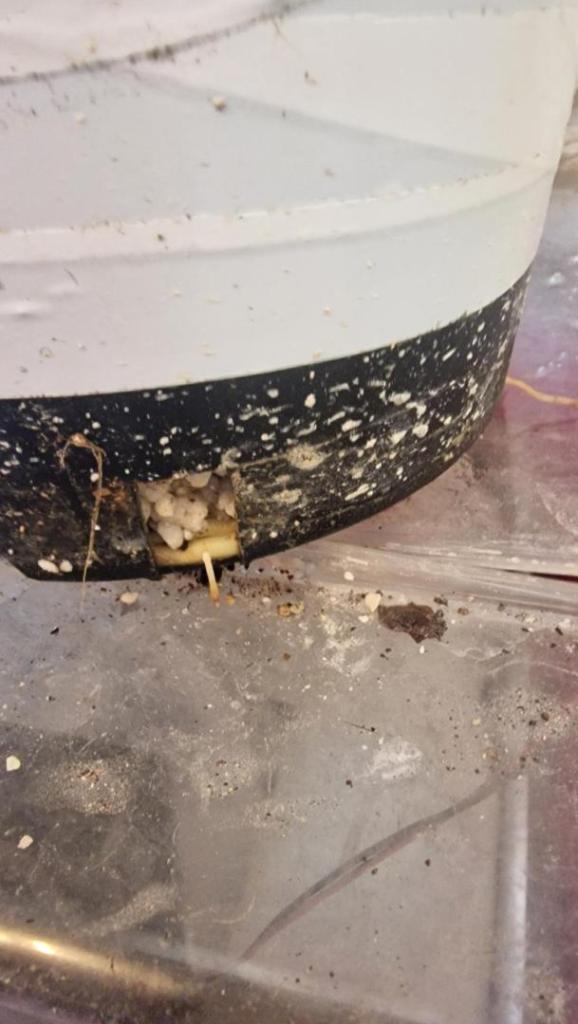



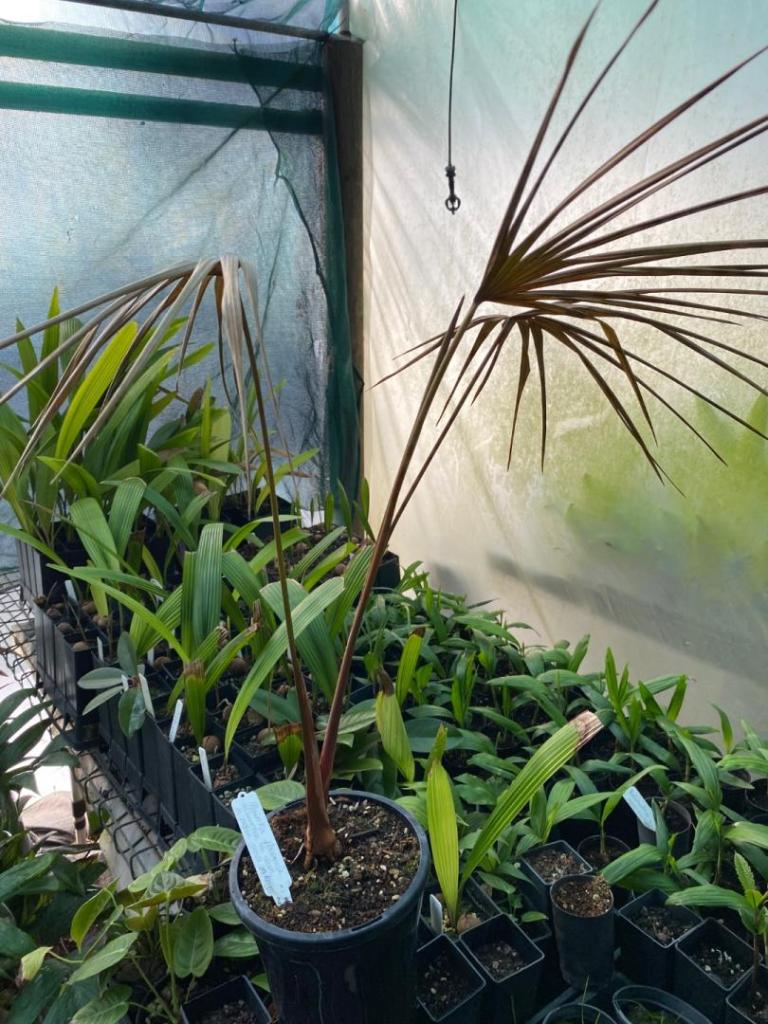


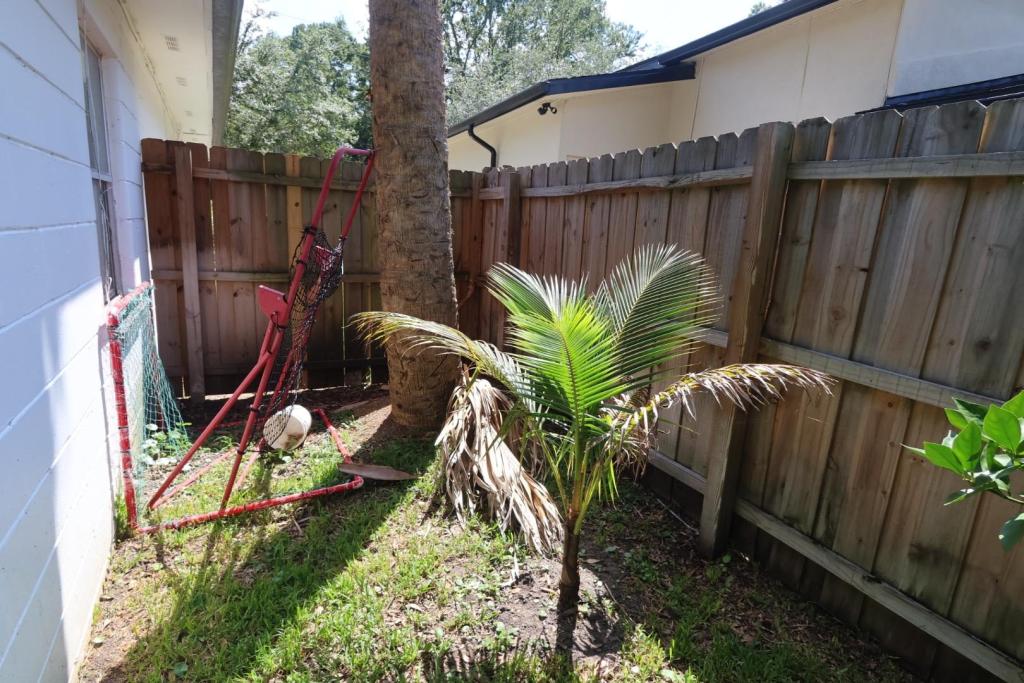





.thumb.png.04b3487b96ff29c55b8a8994b91f62b2.png)

